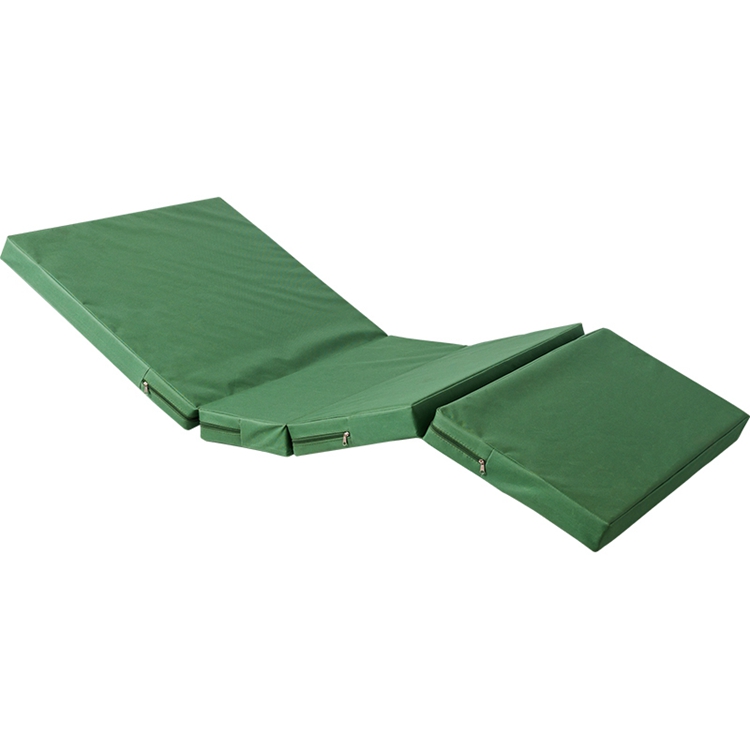Innovative Solutions for Hospital Bed Systems and Patient Comfort Products
The Evolution and Importance of Hospital Bed Products
Hospital beds are more than just a place for patients to rest during their recovery; they are essential components of the healthcare infrastructure that can significantly influence patient outcomes, comfort, and safety. Over the years, the design and technology behind hospital beds have evolved dramatically, driven by advancements in medicine, an increasing understanding of patient care, and the necessity for improved hospital efficiency. This article explores the various aspects of hospital bed products, including their features, innovations, and the critical role they play in modern healthcare settings.
The Fundamental Design of Hospital Beds
Traditional hospital beds were primarily designed to provide a flat, stationary surface for patients. However, contemporary hospital beds incorporate a variety of features that address the needs of patients, caregivers, and healthcare facilities. Modern designs typically include adjustable heights, back rests, and leg positions, allowing for greater patient comfort and aiding in physical therapy and rehabilitation. These adjustable features are crucial for reducing the risk of pressure sores and promoting mobility, essential factors in a patient’s recovery process.
Moreover, many hospital beds now feature advanced materials that enhance hygiene and ease of cleaning, such as antibacterial surfaces and waterproof mattresses. This focus on infection control is paramount in today’s healthcare environment, particularly in light of rising concerns over hospital-acquired infections (HAIs).
Innovations in Hospital Bed Technology
Technological advancements have led to the development of smart hospital beds, which integrate digital features to improve patient care. These beds can monitor vital signs, track patient movement, and even alert caregivers if a patient is at risk of falling. By leveraging data analytics, hospitals can gain insights into patient behavior and health trends, allowing for timely interventions that might prevent complications or readmissions.
Additionally, some hospital beds are now equipped with built-in scales, enabling weight monitoring without requiring patients to move. This feature is particularly beneficial for measuring obese patients or those who have mobility challenges, ensuring that their weight is monitored accurately and conveniently.
hospital bed products

Another significant innovation is the integration of pressure-relieving technologies in mattresses. These specialized mattresses are designed to distribute pressure evenly across the patient’s body, greatly reducing the risk of pressure ulcers, which are a common concern for long-term bed-bound patients. Companies have developed various types of mattresses—such as air-filled, foam, and hybrid solutions—allowing hospitals to select the optimal option based on patient needs and available budgets.
The Role of Hospital Beds in Patient Care
The impact of hospital bed products on patient care cannot be overstated. A comfortable and safe bed environment contributes significantly to a patient’s mental well-being, promoting rest and recovery. This is particularly important in acute care settings, where stress and anxiety can impede healing.
Furthermore, ease of use for caregivers is another critical aspect of hospital beds. Beds designed with user-friendly controls and adjustable features not only streamline the caregiving process but also reduce the physical strain on healthcare providers. This ergonomic design helps lower the risk of injury among staff, enhancing job satisfaction and retention rates in an industry often plagued by high turnover.
Sustainability in Hospital Bed Production
As the global focus shifts towards sustainability, many manufacturers of hospital bed products are incorporating environmentally friendly practices into their production processes. This includes using recycled materials, minimizing waste, and designing beds that are easier to maintain and ultimately recycle at the end of their lifespan. Hospitals are also beginning to prioritize purchasing products from manufacturers that demonstrate a commitment to sustainability, reflecting a broader trend in the healthcare sector towards reducing its environmental footprint.
Conclusion
Hospital beds are integral to the fabric of healthcare delivery. With their evolution from simple resting places to sophisticated medical devices, they have adapted to meet the complex and varying needs of patients and healthcare providers alike. As technology progresses and the demand for patient-centered care grows, the importance of high-quality hospital bed products will only continue to increase. By investing in innovative designs and sustainable practices, the healthcare industry can ensure that patients receive the best possible care in a comfortable and safe environment.
-
Mattresses Designed for Back Pain ReliefNewsAug.08,2025
-
Innovative Wave Mattresses for Ultimate ComfortNewsAug.08,2025
-
High-Quality Mattresses for Hospital BedsNewsAug.08,2025
-
High-Quality Mattresses for Every NeedNewsAug.08,2025
-
Healthcare Foam Mattress: Sleep Better, Heal FasterNewsAug.08,2025
-
Cube Mattress for Daily ComfortNewsAug.08,2025
-
How Hospital Mattress Choices Directly Impact Patient Comfort and CareNewsAug.05,2025

